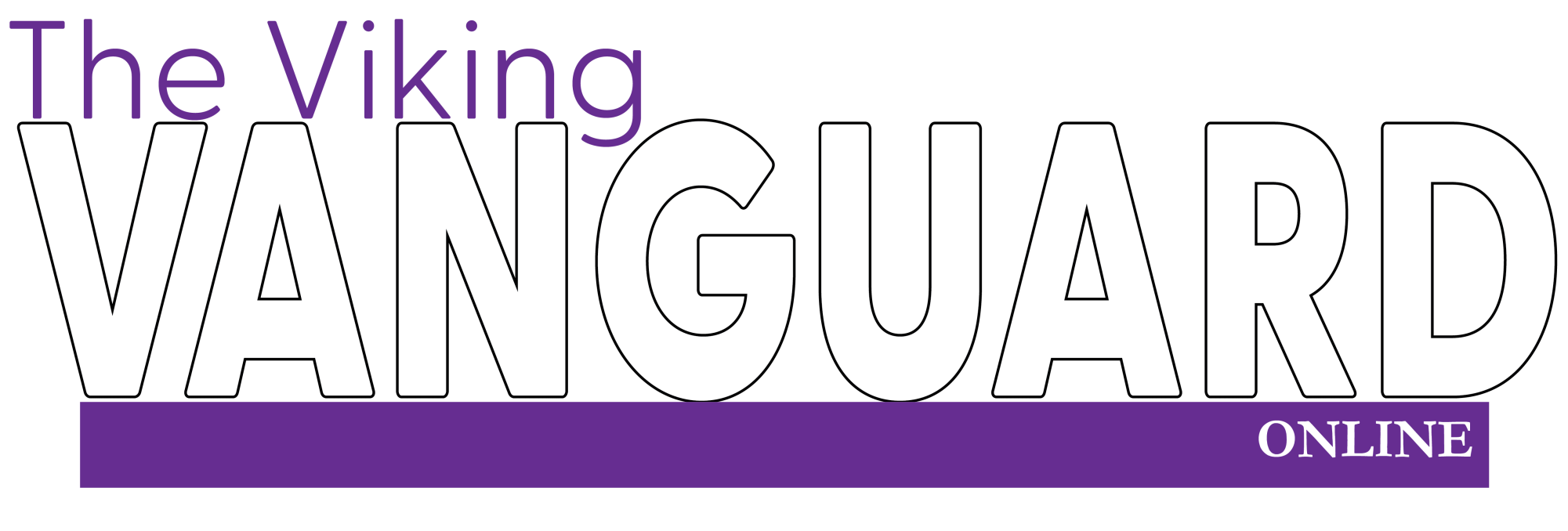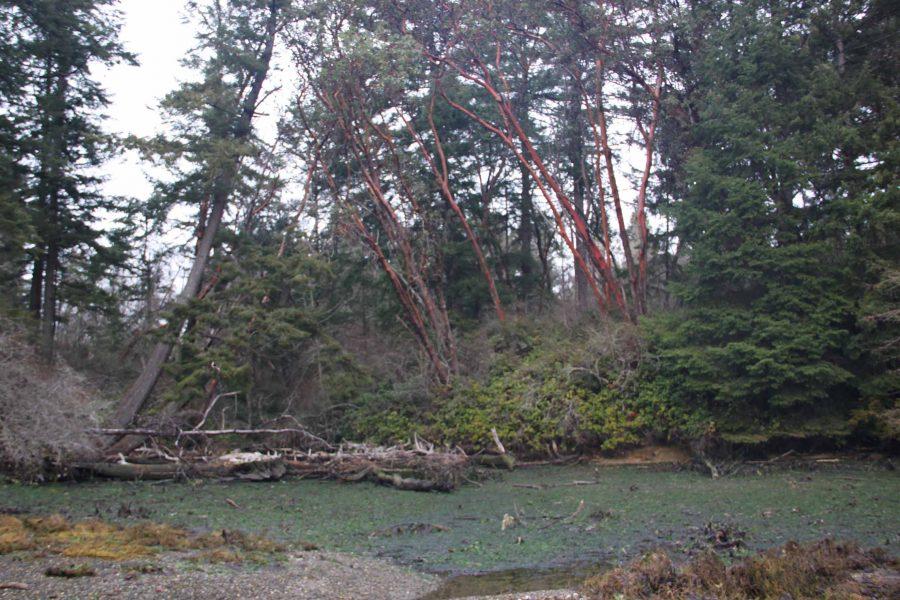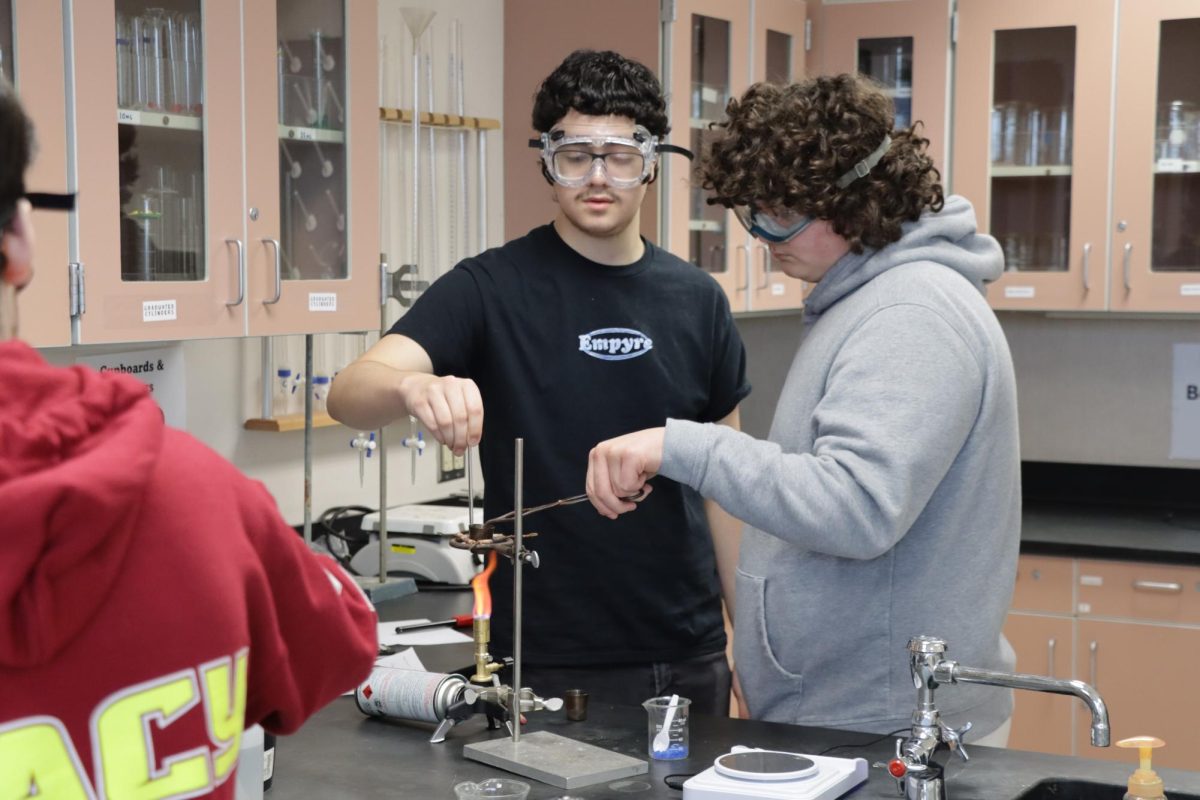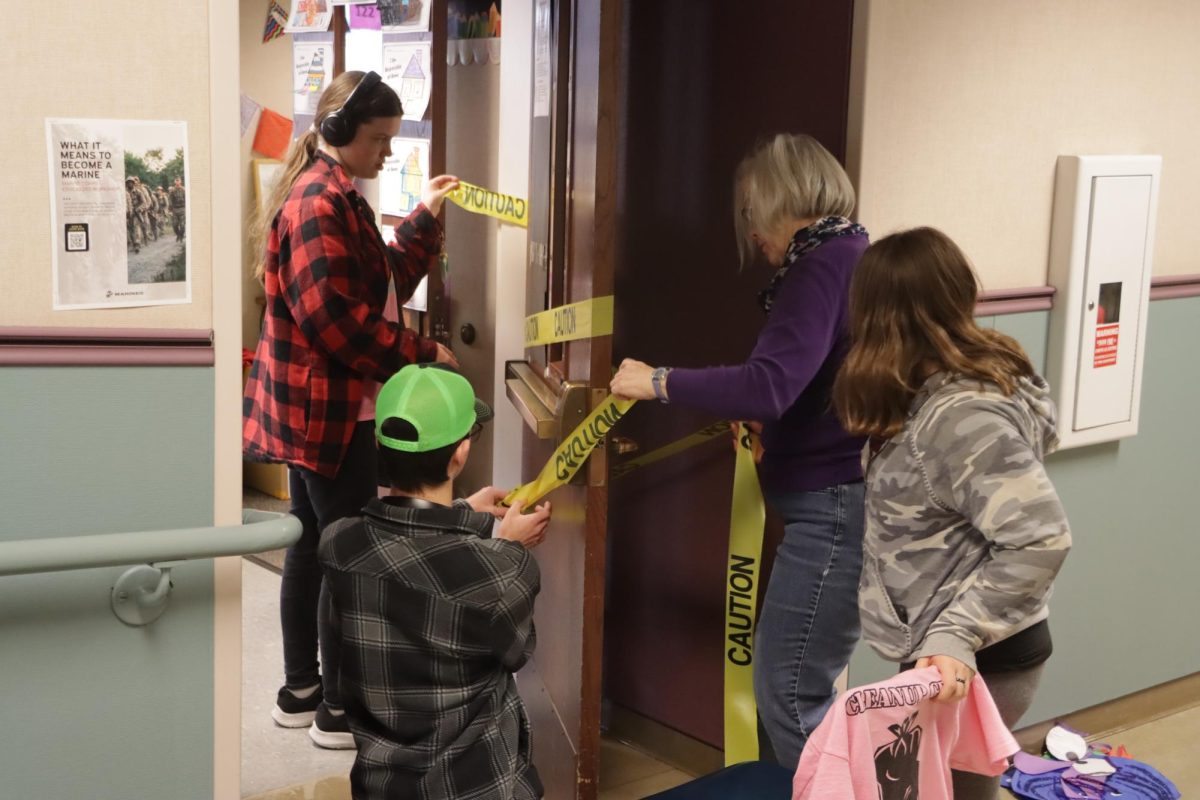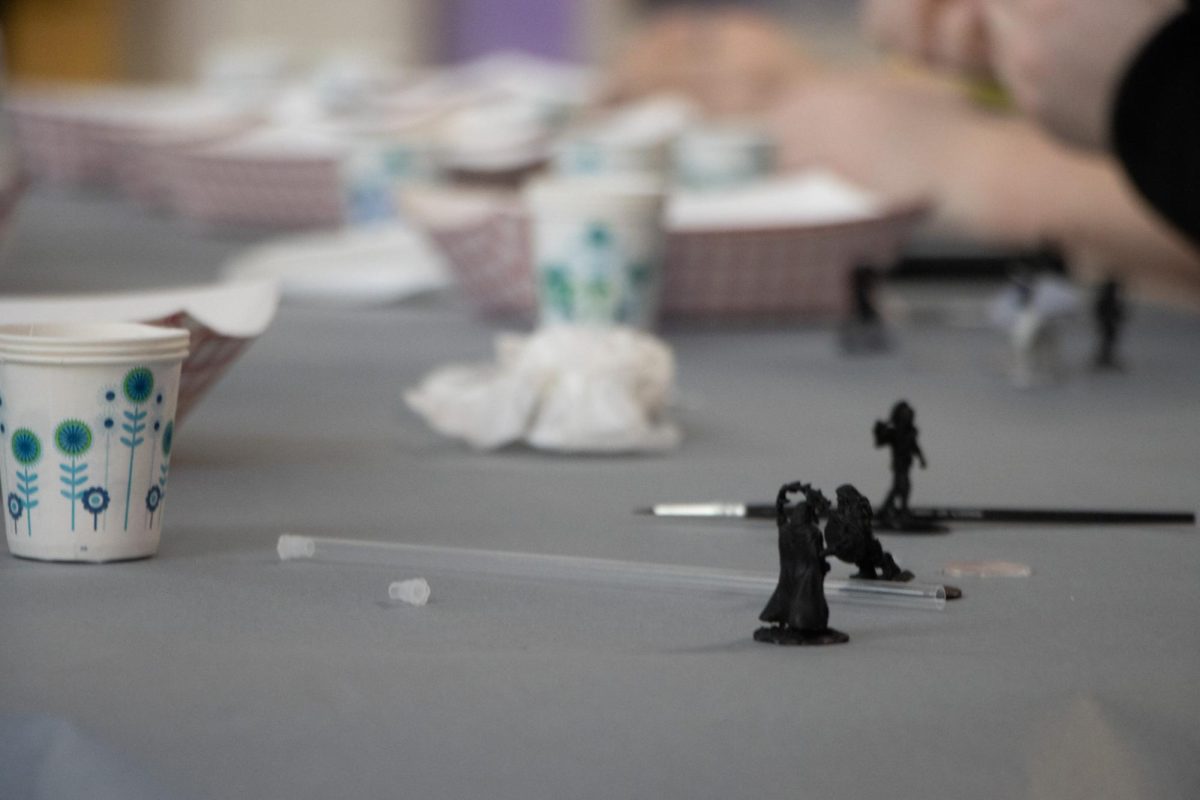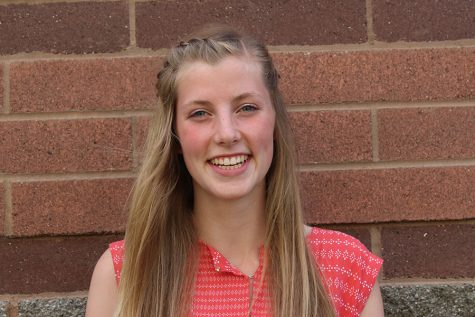On Dec. 27, Forterra, a nonprofit land conservation organization, aided the Anderson Island Parks District in securing a new acquisition for Jacobs Point Park. According to Forterra’s conservation director, Jordan Rash, the 17.6-acre parcel expands the park to 100 acres, making it the largest protected marine park in the South Puget Sound.
“[The park] has a great community as well as environmental impact. You have the ability to launch a kayak on the beach or walk along the trails. It is a habitat for waterfowl and it is important for juvenile salmon as well,” Rash said. “There is also a shellfish bed in Oro Bay, so we wanted to protect the water quality and that habitat for marine life…the impact of Jacobs Point Park really is huge. It is pretty rare in the south sound area to be able to see herons flying, to see an eagle’s nest nearby, to kayak in that beautiful bay and even see orcas.”
Anderson Island Park and Recreation District commissioner, island resident and frequent park visitor Bill Spears speaks of the impact Anderson Island’s many parks have on the community
“I think the parks have a huge impact on life on Anderson Island. Anywhere on the island you go, you can find a trail five minutes away. We have trails everywhere. You can just call up a friend and say ‘let us take a hike,’” Spears said, grinning as he gazed at the lush foliage surrounding him.
According to Rick Anderson, commissioner with the Anderson Island Park and Recreation District, the Jacobs Family donated the initial 82 acres (the first-phase part of the project) to Young Life in 1988.
“When the property was donated there was a stipulation that they must make it into a camp…so the contract had to be renegotiated to allow Young Life to sell in 2011,” Anderson said.
For years after the first-phase parkland had been purchased, some of the Jacobs family retained property to the northeast of the park.
“The [second-phase] property was bought from the descendants of the Jacobs family in three parcels, each with a separate owner,” Spears said.
Rash cited concern over development as one of the main reasons why Forterra and the Anderson Island Parks and Recreation District wanted to buy the second-phase land.
Additionally, according to Spears, the addition would enable the park district to extend the trails into a loop, thereby making the park more enjoyable for island residents.
“The second-phase property was open for building, we decided to pursue that acquisition to prevent that property from being developed and degrading the surrounding environment,” Rash said.
The new second-phase acquisition was purchased for $258,000, according to a Forterra press release. Funding was provided by the Washington State Recreation and Conservation Office ALEA (Aquatic Lands Enhancement Account), the Nisqually Land Trust, the Pierce County Conservation Futures Program and a significant private donation.
“Grant programs are highly competitive but we were very fortunate in that we applied for a state and a county grant and we got both. That was thankfully a hurdle we were able to get over. The vast majority of our money, about 70 percent of the total purchase price, came from grants; 15-20 percent came from the Nisqually land trust,” Rash said.
According to Spears, the trails through the park are designed to be very low-impact. A section of the trail which comes near the quiet waters of Oro bay is raised using a special boardwalk to preserve the wetlands and innovative foundations were used in the construction of a set of stairs leading down to the beach in order to minimize impact.
Despite the park’s proximity to developed areas of the island, the building materials used in the construction of these minimally invasive features were floated over Oro Bay, as the dense brush proved impassable.
“We have a policy for a long-term plan of preservation on property like this; we do not do any paving, we do not build any structures. The impact is low and environmental purity will be preserved,” Anderson said.
The new acquisition for the park and preservation of valuable habitat was not the work of one single group, but rather the collaboration of many.
“In projects like this it can seem like Forterra is just out there doing their own thing but we could not have done this without the partnership of the Nisqually Land Trust, the Anderson Island Park District and the state of Washington. That partnership means so much and it is a huge reason why we keep doing what we do,” Rash said.
